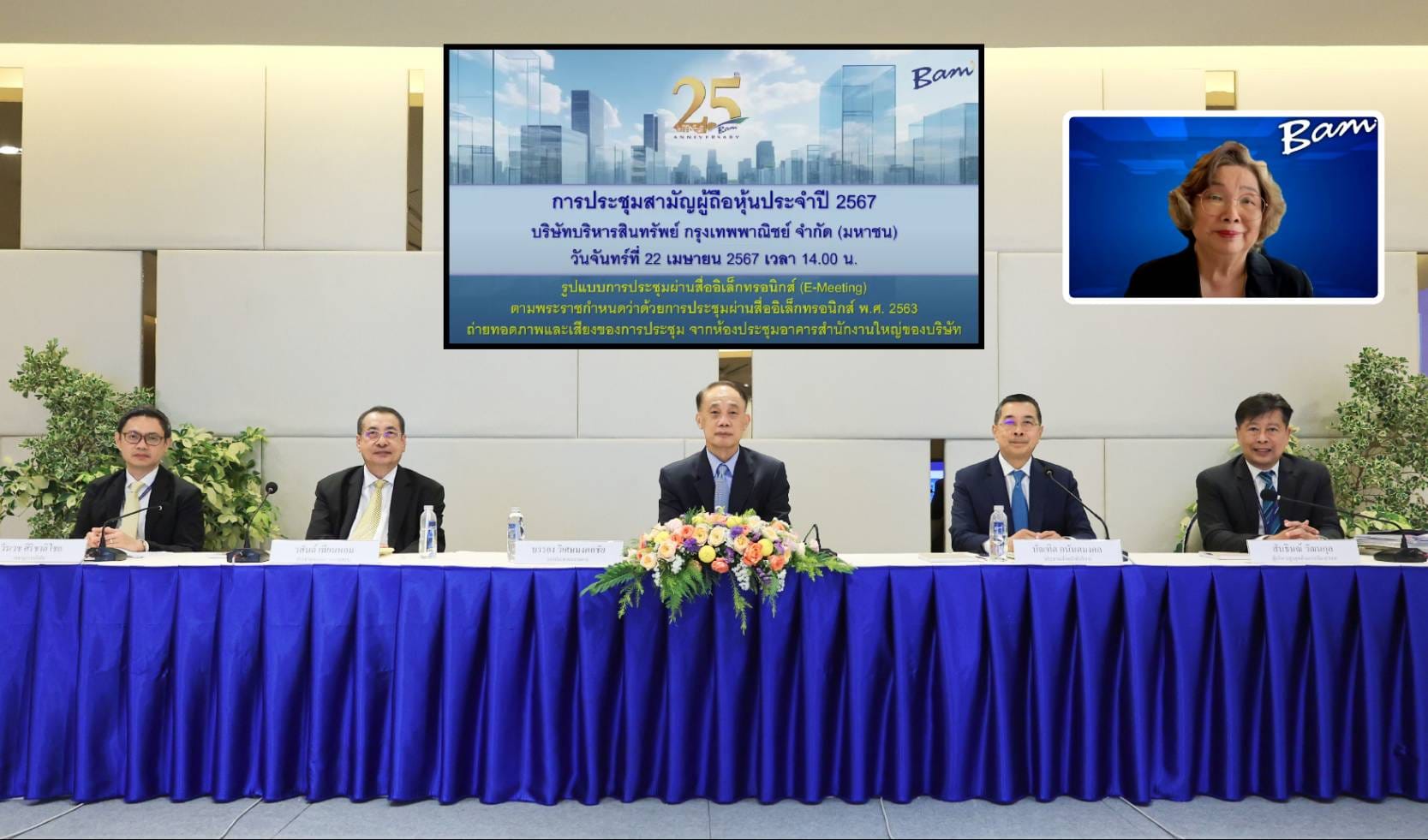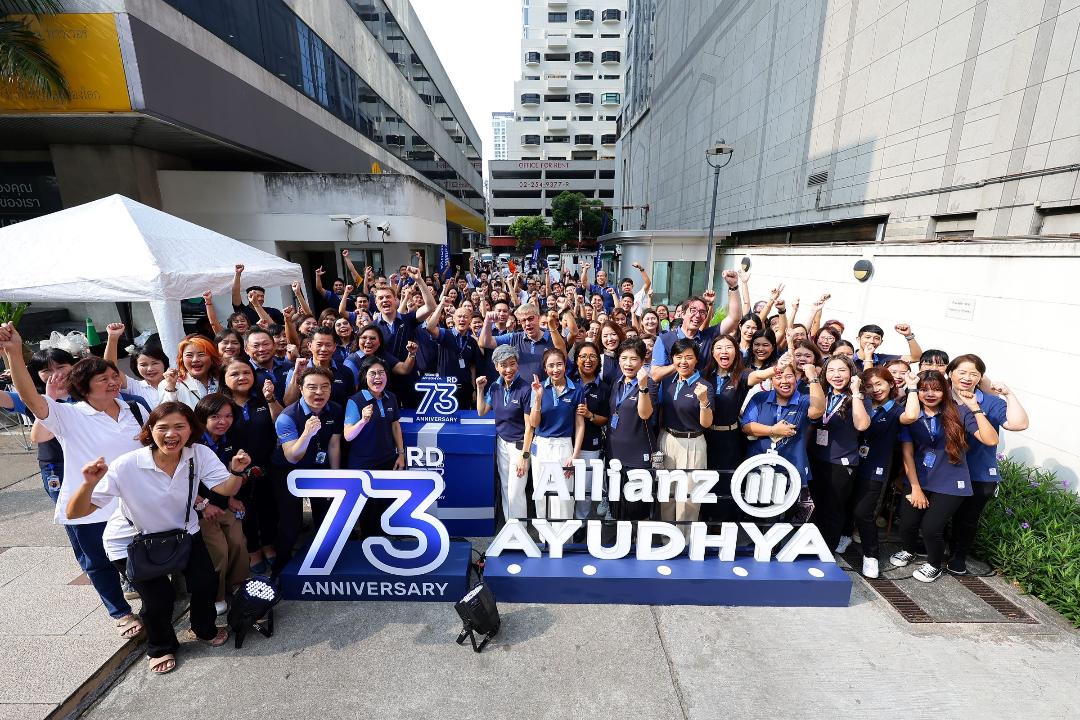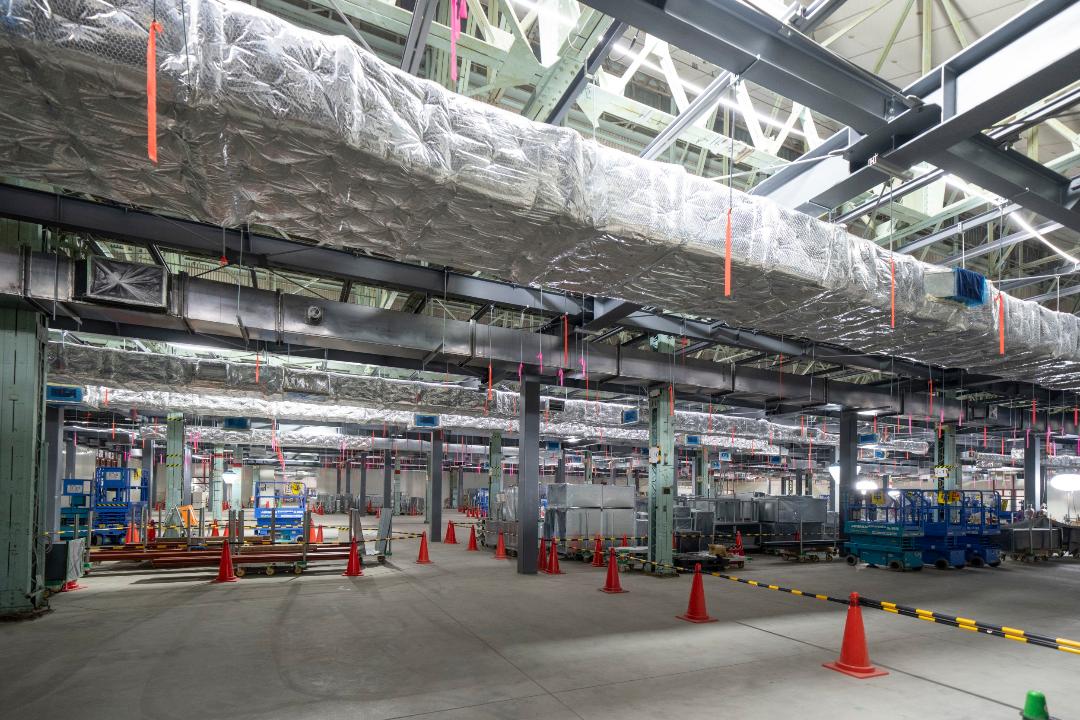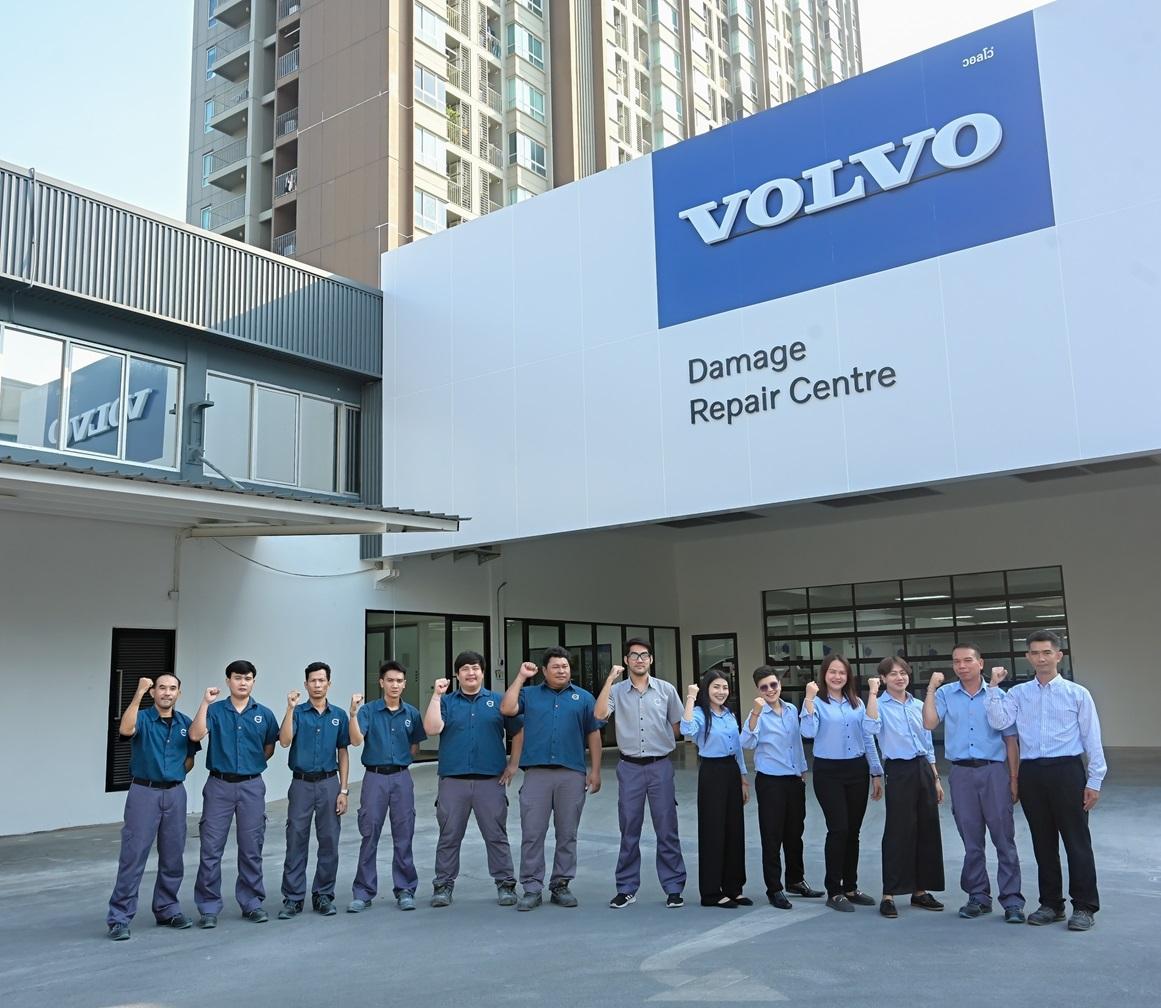- +ภายในปี 2593 ยางมิชลินจะผลิตขึ้นจากวัสดุหมุนเวียน (Renewable), วัสดุที่ได้จากการรีไซเคิล, วัสดุที่มาจากแหล่งชีวภาพ หรือวัสดุที่มีความยั่งยืนทั้งหมด
- +มิชลินเผยวิธีผลิตยางล้อที่ยั่งยืน 100%
- +พร้อมทะยานสู่การบรรลุเป้าหมายด้วยศักยภาพที่เหนือกว่าด้านการวิจัยและพัฒนา ตลอดจนการสร้างเครือข่ายพันธมิตรที่แข็งแกร่งกับธุรกิจสตาร์ทอัพด้านนวัตกรรม
กลุ่มมิชลินตั้งเป้าที่จะผลิตยางล้อซึ่งมีความยั่งยืนเต็มร้อยภายในปี 2593 โดยได้รับแรงบันดาลใจจากยางต้นแบบภายใต้แนวคิด VISION ซึ่งเปิดตัวในปี 2560 โดยเป็นโซลูชั่นยางล้อที่ยั่งยืนเต็มรูปแบบ, ดอกยางสามารถพิมพ์ขึ้นใหม่ได้ด้วยเทคโนโลยีการพิมพ์ 3 มิติ (Rechargeable), ทำงานบนระบบเครือข่ายเชื่อมต่อ (Connected) และไม่ต้องเติมลมยาง (Airless)
ปัจจุบัน ส่วนประกอบเกือบร้อยละ 30[i] ที่ใช้ในการผลิตยางของกลุ่มมิชลินมาจากวัตถุดิบที่มีความยั่งยืน วัตถุดิบที่ได้จากการรีไซเคิล หรือวัตถุดิบจากธรรมชาติอยู่แล้ว
ยางมิชลินเป็นผลิตภัณฑ์ไฮเทคที่ประกอบขึ้นจากส่วนประกอบมากกว่า 200 ชนิด โดยมียางธรรมชาติเป็นส่วนประกอบหลัก และมีส่วนประกอบอื่น ๆ อาทิ ยางสังเคราะห์, โลหะ, เส้นใย (Fibers) และส่วนประกอบที่ช่วยเสริมความแข็งแกร่งให้กับโครงสร้างยางล้อ ได้แก่ คาร์บอนแบล็ค (Carbon Black), ซิลิกา (Silica) และสารเพิ่มความยืดหยุ่น (Plasticizers) เช่น เรซิน (Resins) ส่วนประกอบในสัดส่วนที่เหมาะสมเหล่านี้ต่างมีส่วนช่วยให้ยางมีความสมดุลสูงสุด ทั้งในแง่สมรรถนะ ประสิทธิภาพในการขับขี่ และความปลอดภัย ทั้งยังช่วยลดผลกระทบต่อสิ่งแวดล้อมอีกด้วย
บรรลุเป้าหมายด้วยศักยภาพที่เหนือกว่าด้านการวิจัยและพัฒนา
ความเชี่ยวชาญด้านเทคโนโลยีเชิงวัสดุของมิชลินมีรากฐานมาจากศักยภาพด้านการวิจัยและพัฒนาที่แข็งแกร่ง โดยมีทีมบุคลากรกว่า 6,000 คน ทำงานอยู่ในศูนย์วิจัยและพัฒนาทั่วโลกรวม 7 แห่ง ตามความเชี่ยวชาญเฉพาะทางรวม 350 สาขา ความมุ่งมั่นทุ่มเทของวิศวกร นักวิจัย นักเคมี และนักพัฒนาเหล่านี้ส่งผลให้มีการยื่นจดสิทธิบัตรซึ่งครอบคลุมการออกแบบและผลิตยางล้อรวม 10,000 ฉบับ ในแต่ละวันบุคลากรเหล่านี้ต่างทำงานอย่างหนักเพื่อคิดค้นวิธีที่จะพัฒนายางให้ปลอดภัย ทนทาน รวมทั้งมีสมรรถนะด้านการขับขี่และอื่นๆ ที่ดียิ่งขึ้น ตลอดจนทำให้ยางมีความยั่งยืน 100% ภายในปี 2593
...สร้างเครือข่ายพันธมิตรที่แข็งแกร่งกับธุรกิจด้านนวัตกรรม
มิชลินตระหนักดีว่าการพัฒนานวัตกรรมให้เกิดขึ้นและเป็นไปได้อย่างรวดเร็วนั้นจำเป็นต้องได้รับความร่วมมือในรูปแบบใหม่ๆ ดังนั้นจึงได้ผสานพันธมิตรกับธุรกิจสตาร์ทอัพซึ่งนำเสนอนวัตกรรมล้ำหน้าที่สร้างโอกาสความเป็นไปได้ไม่สิ้นสุด เทคโนโลยีที่พัฒนาขึ้นสามารถใช้ได้ดีกับอุตสาหกรรมอื่นนอกเหนือจากการผลิตยางล้อ โดยช่วยให้อุตสาหกรรมเหล่านั้นได้ประโยชน์จากวัตถุดิบที่สามารถนำกลับมาใช้ซ้ำได้ไม่สิ้นสุด นอกจากนี้ เทคโนโลยีดังกล่าวยังทำให้สามารถรีไซเคิลโพลีสไตรีน (Polystyrene) และนำคาร์บอนแบล็ค (Carbon Black) หรือน้ำมันไพโรไลซิส (Pyrolysis Oil) จากยางใช้แล้วกลับมาใช้ใหม่ได้
‘แอคเซนส์’ (Axens) และ ‘ไอเอฟพี เอเนอจีส์ นูเวลล์ส’ (IFP Energies Nouvelles) สองบริษัทซึ่งรับหน้าที่เป็นหัวหอกดำเนินโครงการ BioButterfly ได้ทำงานร่วมกับมิชลินในการผลิตบิวทาไดอีนจากชีวมวล (Bio-Sourced Butadiene)[ii] เพื่อนำมาใช้แทนบิวทาไดอีนที่ได้จากปิโตรเลียมมาตั้งแต่ปี 2562 การใช้ชีวมวลจากไม้, แกลบ, ใบไม้, ซังข้าวโพด และของเหลือทิ้งจากพืชประเภทอื่น ๆ จะส่งผลให้มีการนำเศษไม้สับ (Wood Chips) ปริมาณสูงถึง 4.2 ล้านตันต่อปี มาใช้เป็นส่วนประกอบของยางมิชลิน
มิชลิน และ ‘ไพโรเวฟ’ (Pyrowave) บริษัทซึ่งมีฐานการดำเนินงานอยู่ในประเทศแคนาดา ได้ลงนามเป็นพันธมิตรกันในเดือนพฤศจิกายน 2563 เพื่อผลิตสไตรีนจากการรีไซเคิลพลาสติกซึ่งใช้เป็นบรรจุภัณฑ์ เช่น ถ้วยโยเกิร์ต และถาดใส่อาหาร หรือใช้เป็นแผ่นฉนวนกันความร้อน ทั้งนี้ สไตรีน (Styrene) เป็น “โมโนเมอร์” (Monomer) หรือสารตั้งต้นที่สำคัญของโพลิเมอร์ ใช้ในการผลิตโพลีสไตรีนและยางสังเคราะห์สำหรับยางล้อและสินค้าอุปโภคบริโภคมากมาย ในอนาคตจะสามารถนำขยะโพลีสไตรีนหลายหมื่นตันต่อปีมารีไซเคิลเพื่อผลิตเป็นผลิตภัณฑ์เดิมหรือผลิตเป็นยางมิชลินได้
‘คาร์ไบโอส์’ (Carbios) บริษัทสตาร์ทอัพสัญชาติฝรั่งเศสซึ่งจะมีฐานการดำเนินงานอยู่ภายในเขตพื้นที่ปฏิบัติงานของมิชลินตั้งแต่ปลายปี 2564 เป็นต้นไป ได้พัฒนากระบวนการล้ำหน้าด้วยการนำเอนไซม์มาใช้แยกโครงสร้างขยะพลาสติกประเภท PET[iii] ให้คืนสภาพกลับไปอยู่ในรูปโมโนเมอร์บริสุทธิ์แบบดั้งเดิม ซึ่งสามารถนำไปใช้งานใหม่หรือนำไปใช้ผลิตพลาสติก PET ขึ้นใหม่ซ้ำได้ไม่สิ้นสุด หนึ่งในพลาสติกที่ได้จากกระบวนการรีไซเคิลดังกล่าว คือ เส้นด้ายโพลีเอสเตอร์ซึ่งใช้ในการผลิตยางรถยนต์ ในอนาคตขวดพลาสติกราว 4 ล้านขวดต่อปีอาจถูกนำมารีไซเคิลเพื่อผลิตเป็นยางมิชลินได้
ล่าสุดเมื่อต้นเดือนกุมภาพันธ์ 2564 ที่ผ่านมา มิชลินได้ประกาศเริ่มดำเนินการก่อสร้างโรงงานรีไซเคิลยางล้อแห่งแรกในโลกของมิชลินขึ้นภายใต้ความร่วมมือกับ ‘เอ็นไวโร’ (Enviro) บริษัทสัญชาติสวีเดนซึ่งเป็นผู้พัฒนาเทคโนโลยีที่ได้รับสิทธิบัตรในการนำคาร์บอนแบล็ค, น้ำมันไพโรไลซิส, เหล็กกล้า, ก๊าซ และวัสดุใหม่ชนิดนำกลับมาใช้ซ้ำได้คุณภาพสูงอื่น ๆ จากยางที่สิ้นอายุใช้งานแล้วกลับมาใช้ใหม่ โดยเทคโนโลยีดังกล่าวจะช่วยให้สามารถแปรรูปทุกส่วนของยางที่สิ้นอายุใช้งานแล้วเพื่อนำกลับมาใช้ใหม่หรือนำกลับมาใช้ซ้ำในกระบวนการผลิตหลากหลายรูปแบบที่ใช้ยางเป็นวัตถุดิบหลัก
นอกจากนี้ มิชลินยังสนับสนุนระบบเศรษฐกิจหมุนเวียน (Circular Economy) ดังจะเห็นได้จากการเข้าร่วมสมาคมแบล็คไซเคิลประจำยุโรป (European BlackCycle Consortium) โดยโครงการนี้ซึ่งประสานงานโดยกลุ่มมิชลินและได้รับการสนับสนุนทางการเงินจากสหภาพยุโรป เป็นการนำพันธมิตรจากภาครัฐและเอกชนรวม 13 รายมาร่วมกันออกแบบกระบวนการผลิตยางล้อรุ่นใหม่จากยางล้อที่สิ้นอายุใช้งานแล้ว
++++++++++++++++++++++++++++++++++++++++++++++++
In 2050, Michelin Tires Will be 100% Sustainable
- +By 2050, Michelin tires will be made entirely from renewable, recycled, biosourced or otherwise sustainable materials.
- +Michelin reveals how to make a tire 100% sustainable.
- +An objective being met with powerful research & development capabilities and bold partnerships with innovative start-ups.
Inspired by the VISION concept tire introduced in 2017, an airless, connected, rechargeable and entirely sustainable solution, the Michelin Group is committed to making its tires 100% sustainable by 2050.
Today, nearly 30%* of the components used in the manufacture of tires produced by the Michelin Group are already made from natural, recycled or otherwise sustainable raw materials.
A Michelin tire is a high-tech product comprising more than 200 ingredients. The main one is natural rubber, but the many ingredients also include synthetic rubber, metal, fibers and components that strengthen a tire’s structure, like carbon black, silica and plasticizers (resins, etc.). Incorporated in perfect proportions, these materials interact to deliver an optimal balance of performance, driveability and safety, while steadily reducing the tire’s environmental impact.
Michelin’s maturity in materials technology stems from the strength of its R&D capabilities, which are supported by 6,000 people working in seven research and development centers around the world and mastering 350 areas of expertise. The commitment of these engineers, researchers, chemists and developers has led to the filing of 10,000 patents covering tire design and manufacturing. They work hard every day to find the recipes that will improve tire safety, durability, ride and other performance features, while helping to make them 100% sustainable by 2050.
Michelin is also aware that the speed and nature of innovation requires new forms of cooperation, which is why it has forged partnerships with innovative companies and start-ups whose advances offer unlimited prospects. The developed technologies go well beyond the world of tires and could be used in other industries, enabling them to benefit as well from recovered raw materials that are infinitely reusable. These technologies will also make it possible to recycle polystyrene and recover carbon black or pyrolysis oil from used tires.
Axens and IFP Energies Nouvelles, the two companies that are spearheading the BioButterfly project, have been working with Michelin since 2019 on producing bio-sourced butadiene** to replace petroleum-based butadiene. Using the biomass from wood, rice husks, leaves, corn stalks and other plant waste, 4.2 million tonnes of wood chips could be incorporated into Michelin tires every year.
Signed in November 2020, the partnership between Michelin and Canada-based Pyrowave can produce recycled styrene from plastics found in packaging, like yogurt pots and food trays, or in insulating panels. Styrene is an important monomer used to manufacture not only polystyrene but also synthetic rubber for tires and a wide variety of consumer goods. Eventually, several tens of thousands of tonnes of polystyrene waste could be recycled back into its original products as well as into Michelin tires every year.
The revolutionary process developed by French startup Carbios uses enzymes to deconstruct PET*** plastic waste into its original pure monomers, which can be infinitely recovered and reused to make new PET plastics. One of these recovered plastics just happens to be the polyester yarn used in tire manufacturing. Some four billion plastic bottles could potentially be recycled into Michelin tires every year.
Lastly, Michelin announced in February 2021 that it will launch the construction of its first tire recycling plant in the world with Enviro. This Swedish company has developed a patented technology to recover carbon black, pyrolysis oil, steel, gas and other new, high-quality reusable materials from end-of-life tires. It will enable everything in these tires to be recovered and reused in several types of rubber-based production processes.
Michelin also supports the circular economy, as attested by its participation in the European BlackCycle consortium. This project, which is coordinated by the Group and financed by the European Union, brings together 13 public and private-sector partners to design processes to produce new tires from end-of-life tires.





















